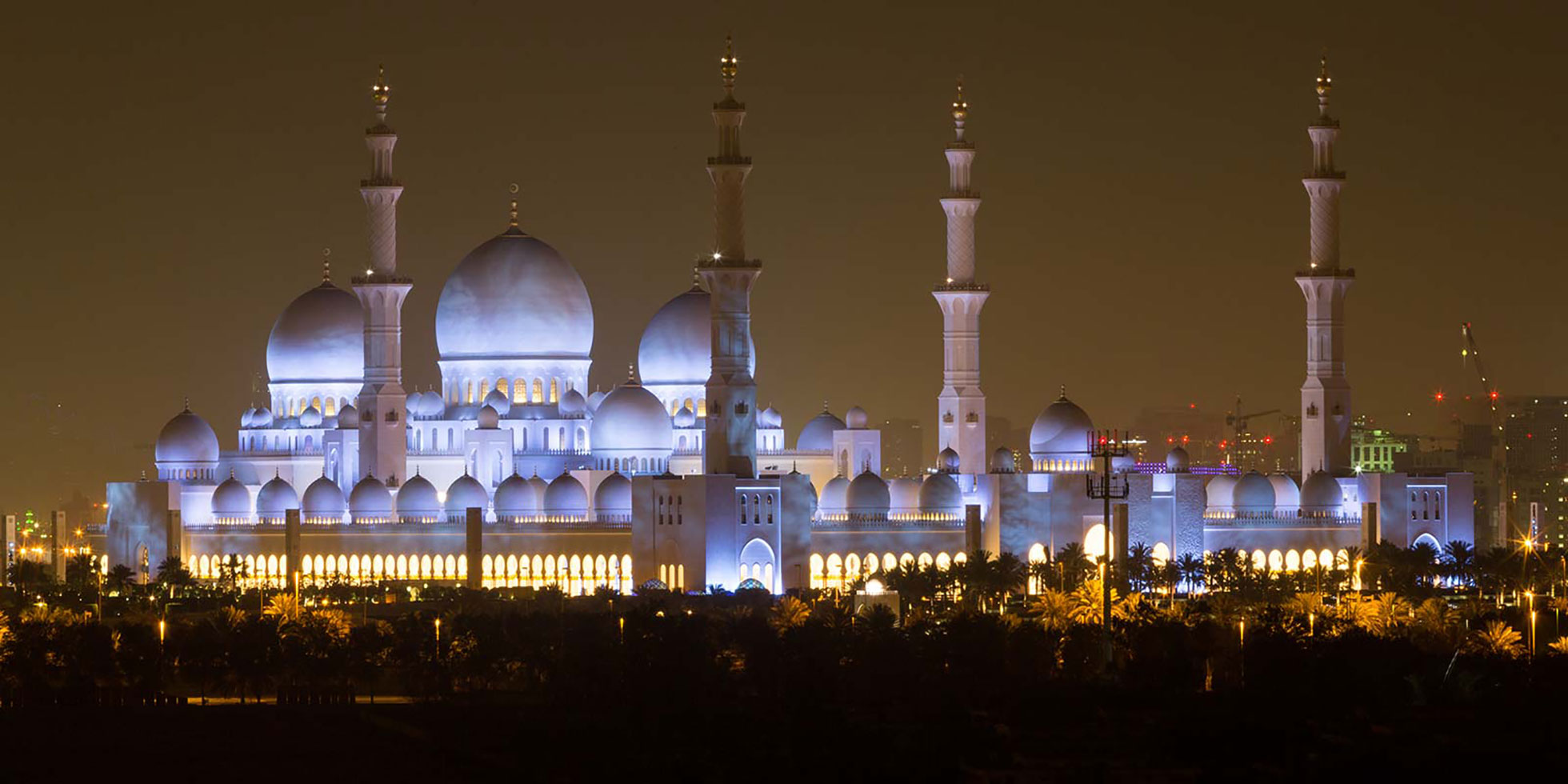
After spending some time in the most infamous of UAE cities, Dubai and Abu Dhabi, I felt it time to take a better look at what lays outside these soaring modern landscapes and see if I could discover some worlds of old, even if they are peppered with the new. The desert is what I was after, although respite and some modern conveniences would not go astray.
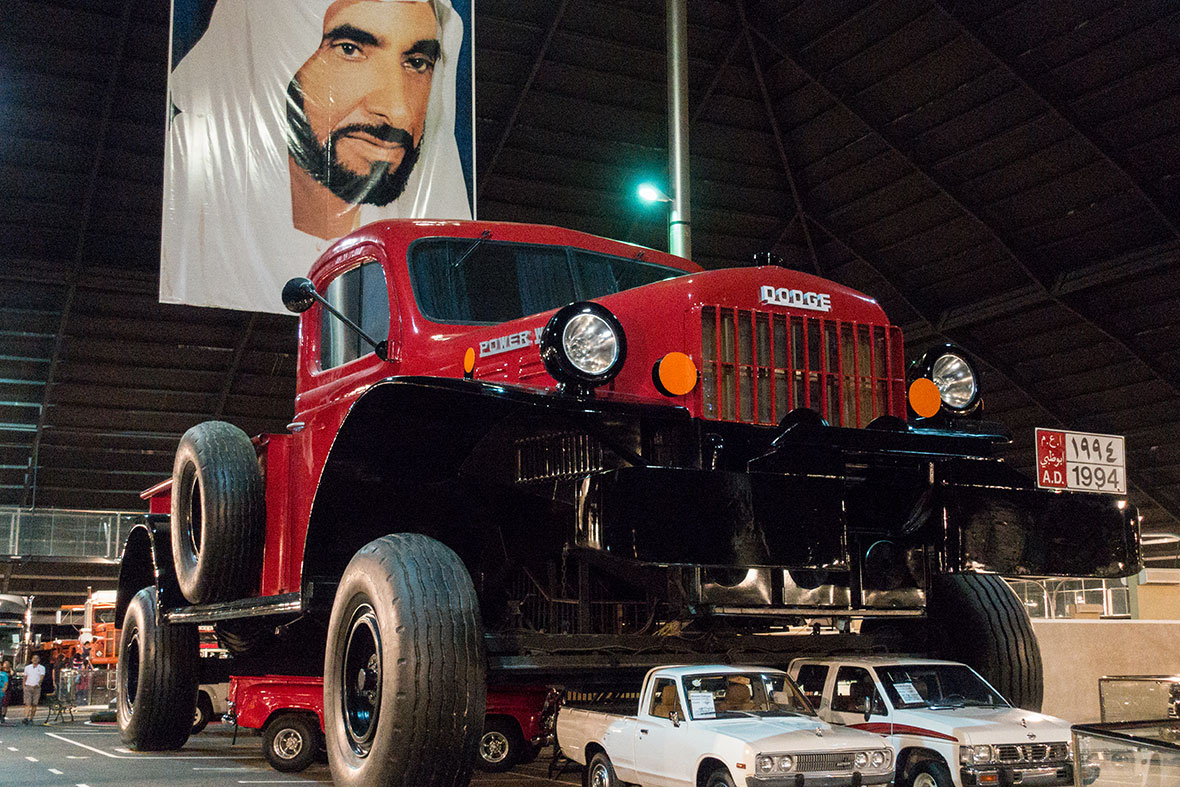
I enjoyed a good sleep in Abu Dhabi and awoke to head into the Rub’Al Khali desert, one of the largest deserts in the world, all 251,000 sprawling square miles of it. At first, the terrain seemed flat and uninteresting, although some stray camels wandering down the highway made for good entertainment especially when being chased by their owners! After traveling for some time, roughly half-way into my journey, I stopped at the Emirates National Auto Museum, which was an unusual assortment of vehicles from the 1950s onwards and remarkably (or not so, considering the wealth in these parts) is the private collection of Sheikh Hamad Bin Hamdan Al Nahyan. Every vehicle you could imagine was housed here, from race cars to police cars, vans and most notably while some have been kept as originally intended, others have been modified to suit the Sheikh’s preferences with several giant trucks modified to be eight times the size of the originals. They do like everything exaggerated, after all.
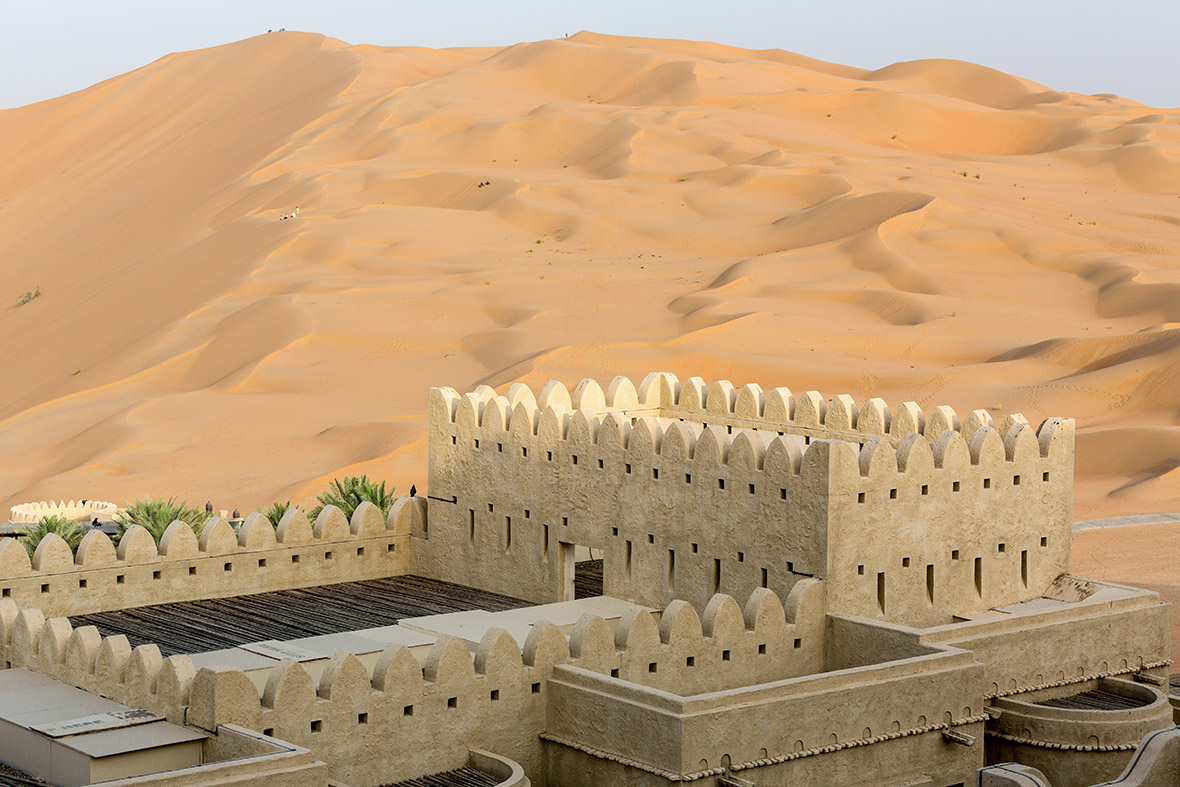
After 30 minutes exploring this unusual museum, I was back on the road and deeper into the desert on my way to the Qasr Al Sarab Desert Resort by Anantara. As we neared, it became apparent that the sand dunes changed from flat and dull to visually impressive, with an incredible oasis appearing in the desert – the resort! Built in the local style, with obvious luxury amendments, the resort gave way to unbelievable views of the surrounding desert. After checking in, although the heat was stifling, I soon headed out into the desert for a bit of dune bashing, something I did not want to miss. We boarded our SUV with a veteran driver at the wheel and raced up and down the dunes with several other vehicles in tow, an incredible thrill to hit the peaks and troughs of the dunes but perhaps not for the faint-hearted.
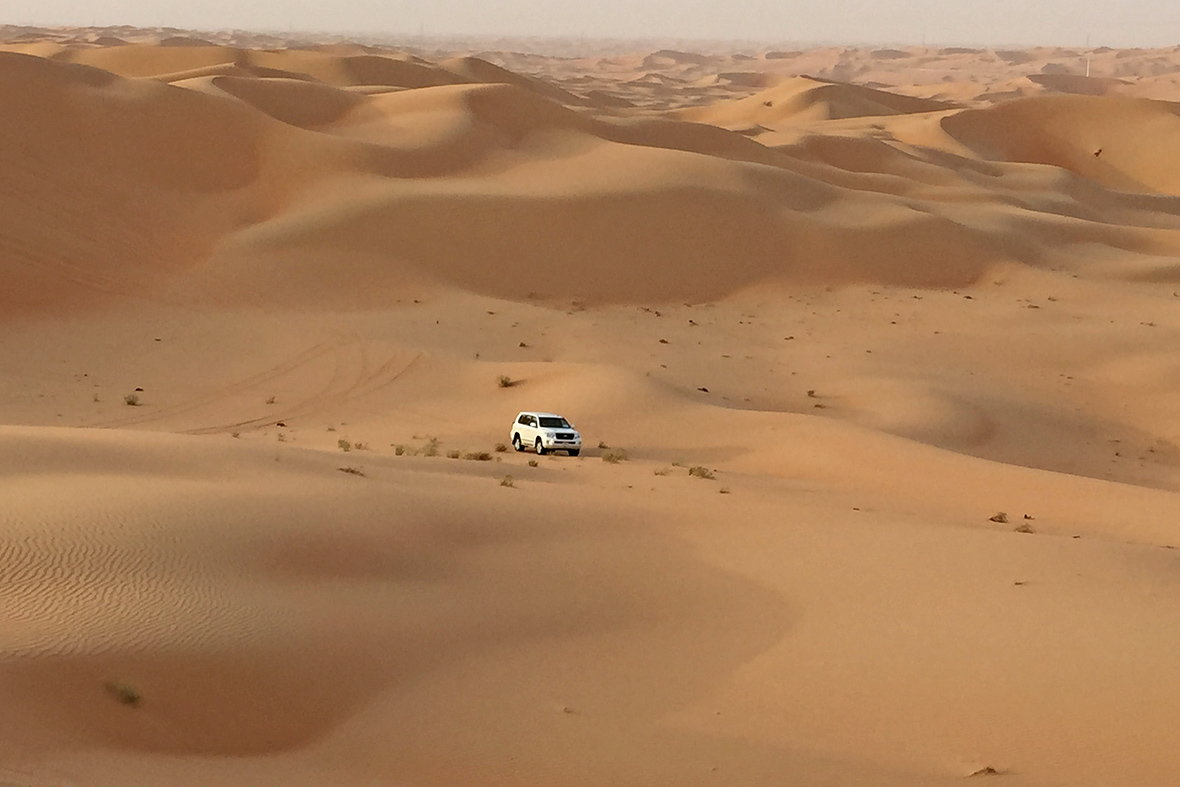
After an hour of dune bashing, stopping to watch the incredible desert sky dim and the sun go down, I made my way to visit the resort’s animal friends with its resident falcons, the sleek and powerful Saluki dogs (otherwise known as Arabian Greyhounds) and of course the smelly but intriguing ‘Ships of the Desert’ – camels, before heading back to the resort for the night.
AL AIN

With the thrill of the desert pumping through my veins, I wanted to get even further off the beaten path, so the next morning I made the very long drive to Al Ain. Bordering Oman, Al Ain is famous for its markets, forts, museums and a date-palm oasis and I quickly came to realize that this was the traditional UAE that I had been hoping to find.
My first stop was the Al Ain Palace Museum, otherwise known as Sheikh Zayed Palace Museum. Built in 1910 and the former home of the late UAE founder, Sheikh Zayed Bin Sultan Al Nahyan, the Palace was once a political and social hub but has since been turned into a museum, sometime in 1998. An interesting view into local culture, the museum offered a look into the life of the Sheikh, taking a peek inside the home where the ruler once received visitors.
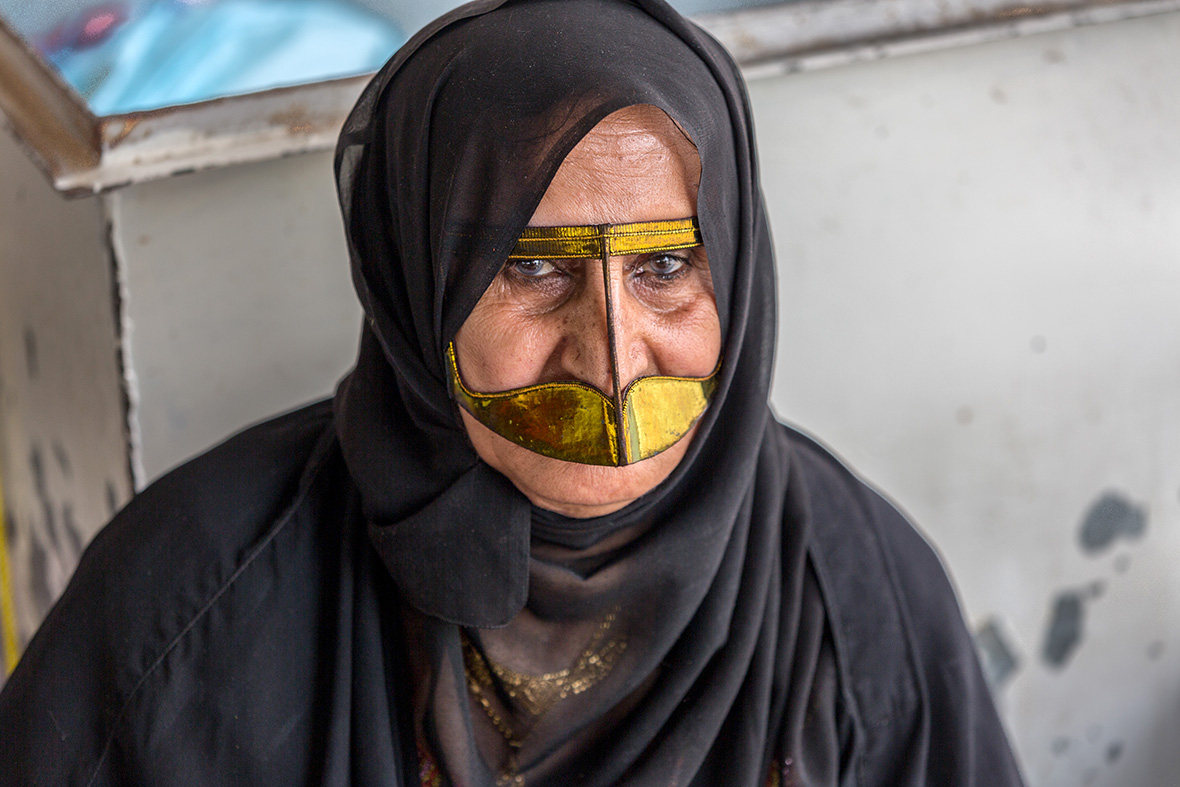
Continuing on my journey, I headed into the souk, an Arab marketplace-come- bazaar, abuzz with energy and which was by far the most interesting stop on my travels. Here there were many men and women in traditional Emirati clothing — most notably older women wearing burkas which I was lucky to be able to photograph, as it can be difficult to take pictures of the more conservative women in the UAE.
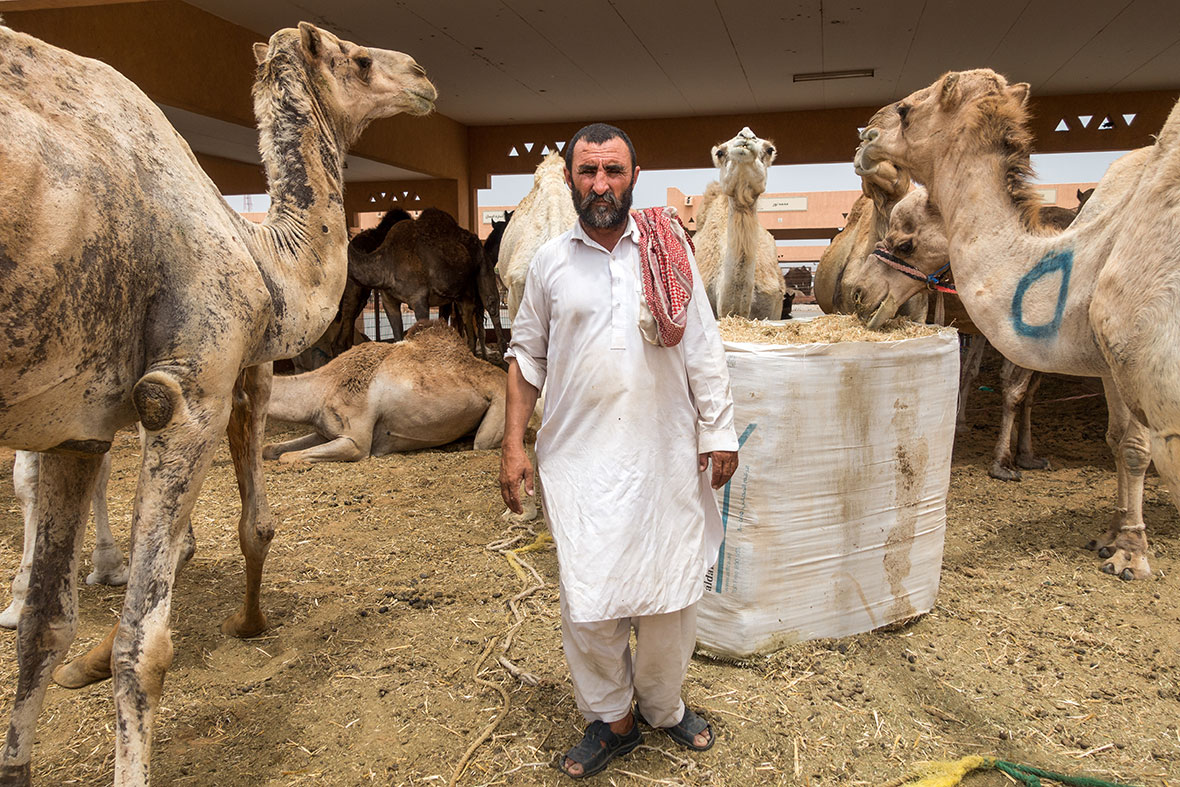
After a much-needed lunch stop, I made my way to the Al Ain Camel Market – which is a sight to behold! Packed to the rafters with over 500 camels along with sheep and goats, this is known as one of the last souks of its kind in the UAE. It was interesting to see a young camel put into the back of a truck, screaming and wailing the whole time while the many friendly workers from Afghanistan asked to have their photos taken in between the loud trading of these incredible beasts.
AL MAHA
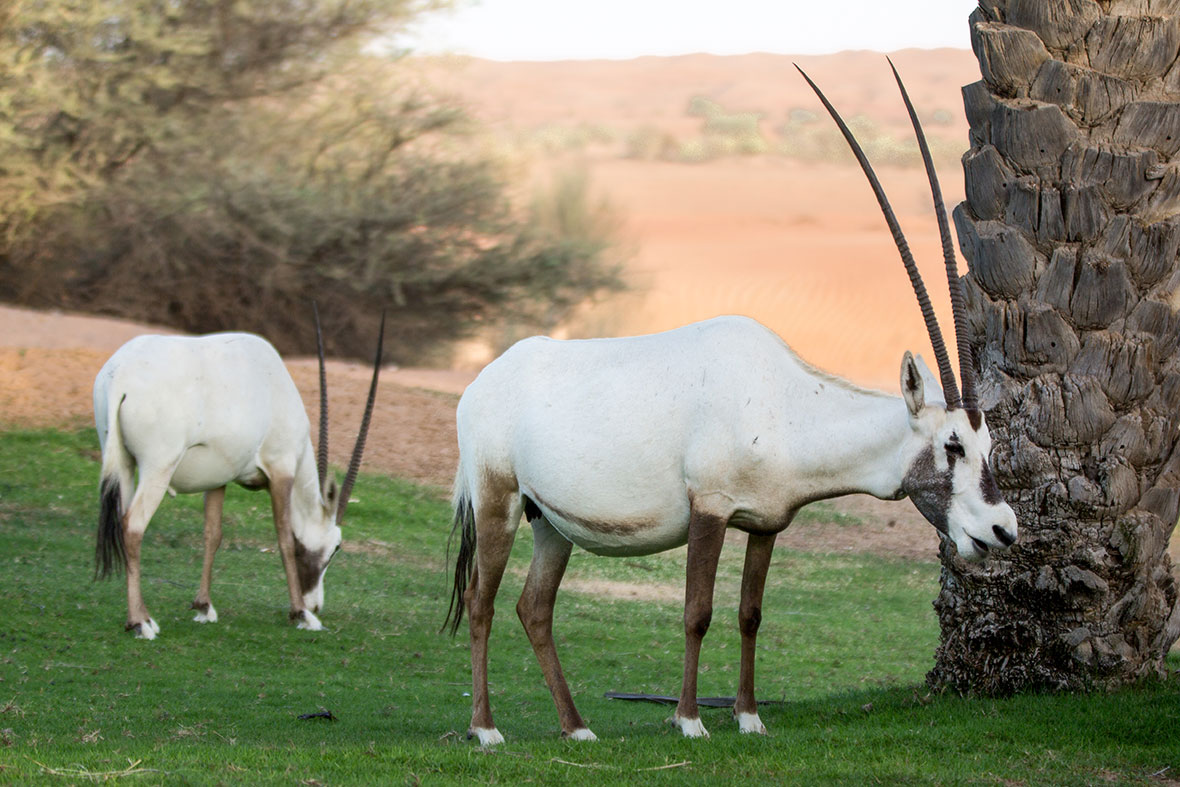
From Al Ain I headed back to Dubai, making a stop first at the beautiful Al Maha Resort in the Dubai Desert Conservation Reserve. This hotel was very different than Qasr Al Sarab with a much more distinct African safari feel. Luxurious tents and private pools exude an overwhelming opulence and overlooking the desert, allowed for observing the plentiful Arabian Gazelles and most incredibly the Arabian Oryx, which, once extinct in the wild, is now coming back in healthy numbers.
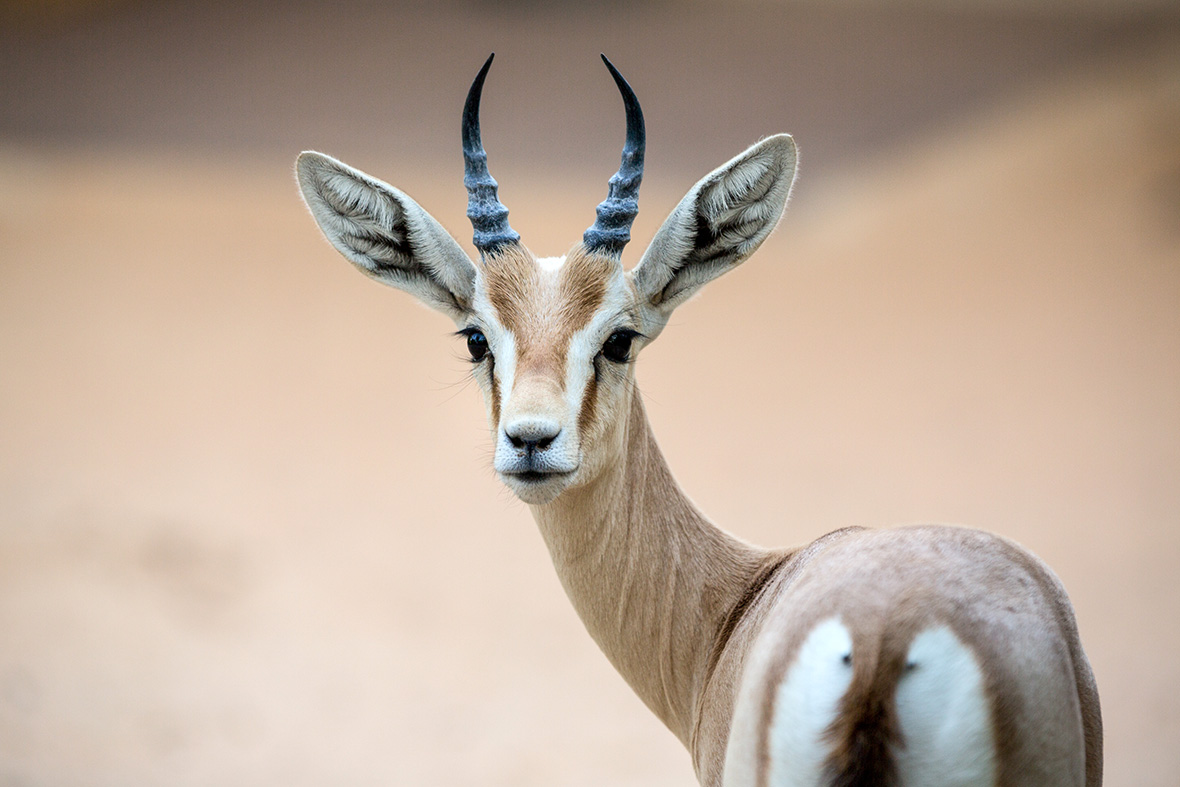
These animals came right up to the resort to graze on the grass and it was an amazing opportunity to see these unusual creatures up close and personal. After an hour or so observing the wildlife, I took my day’s memories with me and headed back to Dubai for the evening.
SHARJAH

Awakening to my final day in the UAE, I set on my way to the nearby Emirate of Sharjah, a mere 40 minutes’ drive from Dubai, feeling like it almost closes the gap between traditional desert lands and the city. An unmistakable conservative feel guards this city, being the only Emirate that has a strict ‘no alcohol’ policy.
First we stopped at the incredible Turkish-inspired Al Noor Mosque. With Sharjah being the capital of Islamic culture, it is home to over 600 mosques, but the Al Noor is the most famous with its intricate domed roofs and sky-reaching towers. I organized a private meeting and tour with an extremely knowledgeable Emirati woman, similar to my first day in Dubai — however this time it was one-on-one and much more in depth, giving me a much better insight into the UAE National culture and religion.
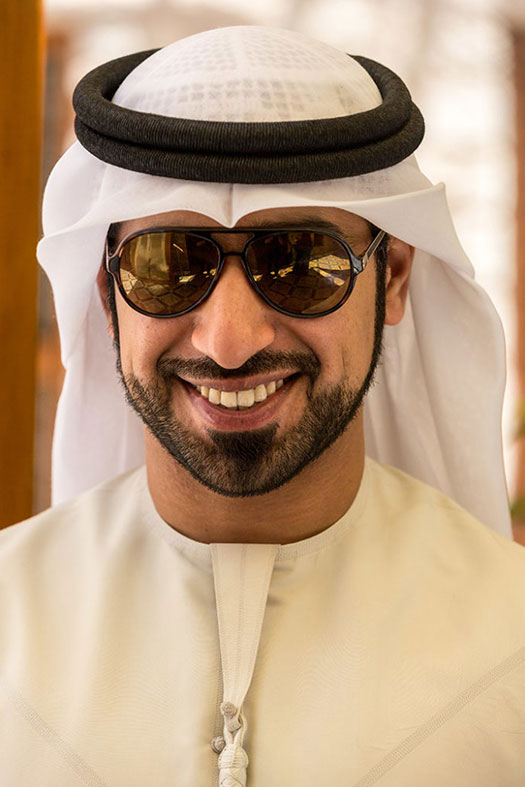
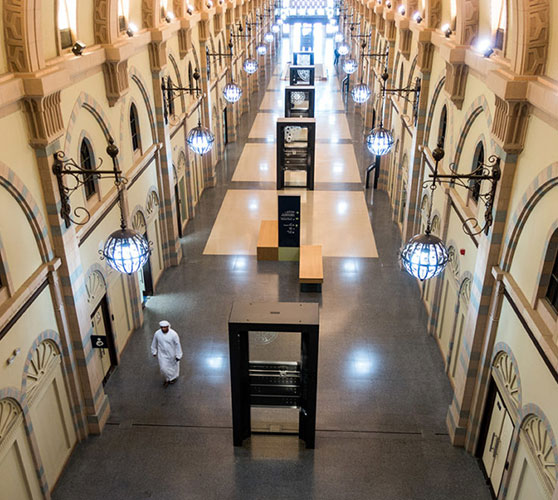
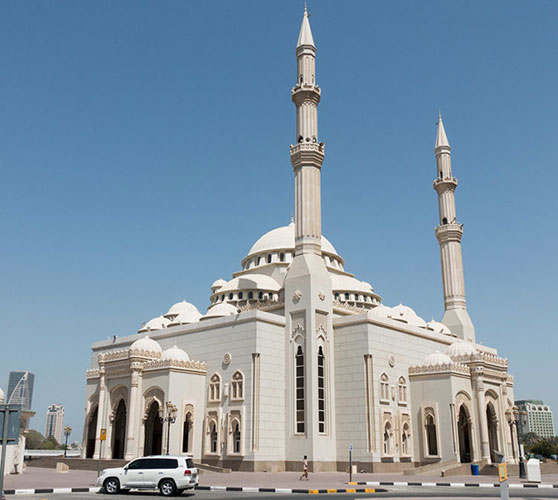
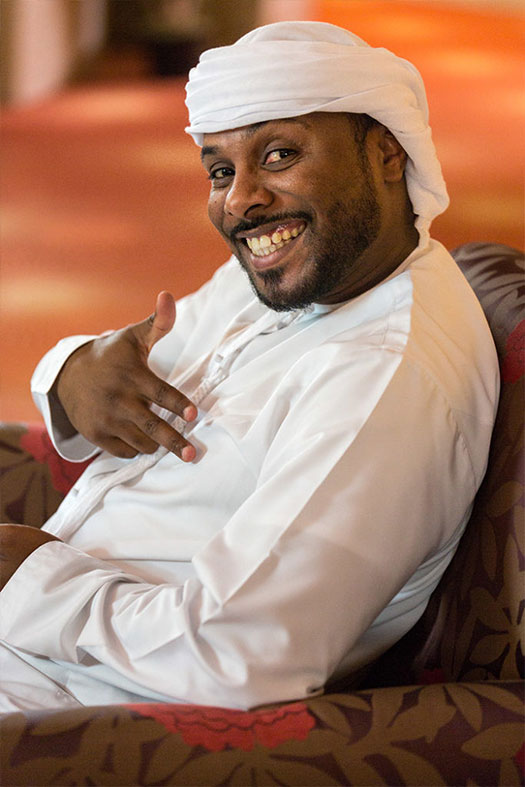
After soaking in the history imparted to me, I felt some shopping was in order and since I had heard that Sharjah was the place to buy carpets in the UAE, I made my way to the Blue Souk (otherwise known as the Central Souk) for a browse. The souk is designed in the typical flashy Arabic style and houses jewellery, watches, pashminas, designer clothes and of course, rugs… and given that the prices were so reasonable, it’s no surprise I didn’t leave empty-handed!
Aside from mosques (and rugs), Sharjah is most famous for its museums and there is certainly no shortage of them. There are at least 20 or more open for discovery. I chose to explore the Museum of Islamic Civilization, which was an impressive collection of Islamic artifacts where I navigated my way through 1,400 years of Islamic art including manuscripts, ceramics, armor, woodwork, textiles and jewellery.
I was lucky enough to meet some very friendly locals in the museum and they cheerfully posed for some photos. Looking back on my trip, I found the people of Sharjah to be the most friendly of my entire journey, making Sharjah undoubtedly the best place to conclude my UAE experience.


